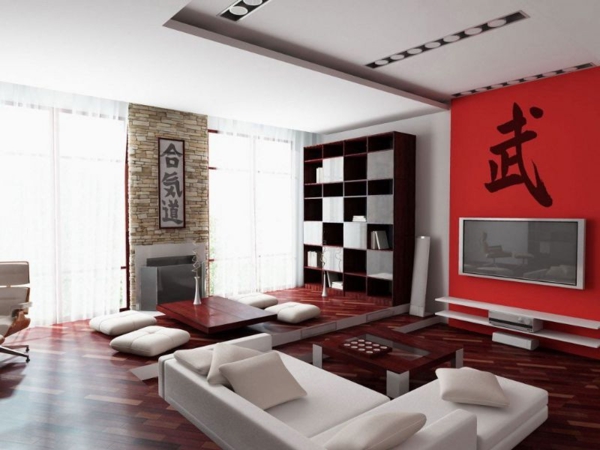The days of buying matching and often expensive furniture sets are long gone. Renters and home owners are more likely to decorate their homes in a more eclectic manner, using their home space to cultivate a private space that echoes their taste and personality. But what are the best ways to make sure all of these unique pieces fit into the space as a whole? Read on for some design tips for mixing and matching furniture!

Choose one piece of furniture as an anchoring point. This strategy works particularly well for large items such as armoires or dining room tables. Let these pieces shine on their own by giving them the focal spot of the room, and highlight its presence through strategic placement of smaller pieces of furniture.
Coordinate colors, patterns, and wood finishes. Not all of these elements have to be the same, but they should ideally complement each other in some way. A sage green loveseat can be matched with a rich mahogany coffee table, with a taupe rug to bring these pieces together by using earth-tone colors.
Add complementary decorations and finishing touches. When your furniture pieces don’t have much in common with the rest of the items in the room, small details can make all the difference. Wood themes can be generated by using the medium to frame photos or artwork. Solid dominating pieces of furniture can be tempered by the addition of a bowl of potpourri or a fragile vase.
Pick a theme for each part of your house and enhance it with furniture and décor. Say you have an end table you picked up in Malaysia, and no other pieces that fit the style. Simply take that theme of Southeast Asian decoration, and adorn the rest of the room with corresponding pieces. Hang paper lamps from the ceiling, throw in a bookshelf filled with travel books, stick photos of rice fields on the wall, and accent the room with a bold Oriental rug.
In the opposite case of the previous point, if you have a hodgepodge of furniture that doesn’t correspond to one theme, pick primary and secondary themes and styles to design the space. A room’s visual doesn’t need to be completely uniform, but it should avoid appearing in too much disarray.
Home design trends change seasonally, and it’s impossible to keep up with what is currently in style, but with a bit of creativity, you can create a unique and timeless home that is never subjective to trends. If you have more tips to add, please reply in the comments.
Images curtesy of Pad Mapper, BHouse, Apartment Therapy, and Ola Internacional.
Jennifer Moretti is a writer who is absolutely obsessed with leather furniture and all things interior design. When not writing she helps her friends and co-workers with designing a home that speaks to their personal theme.

